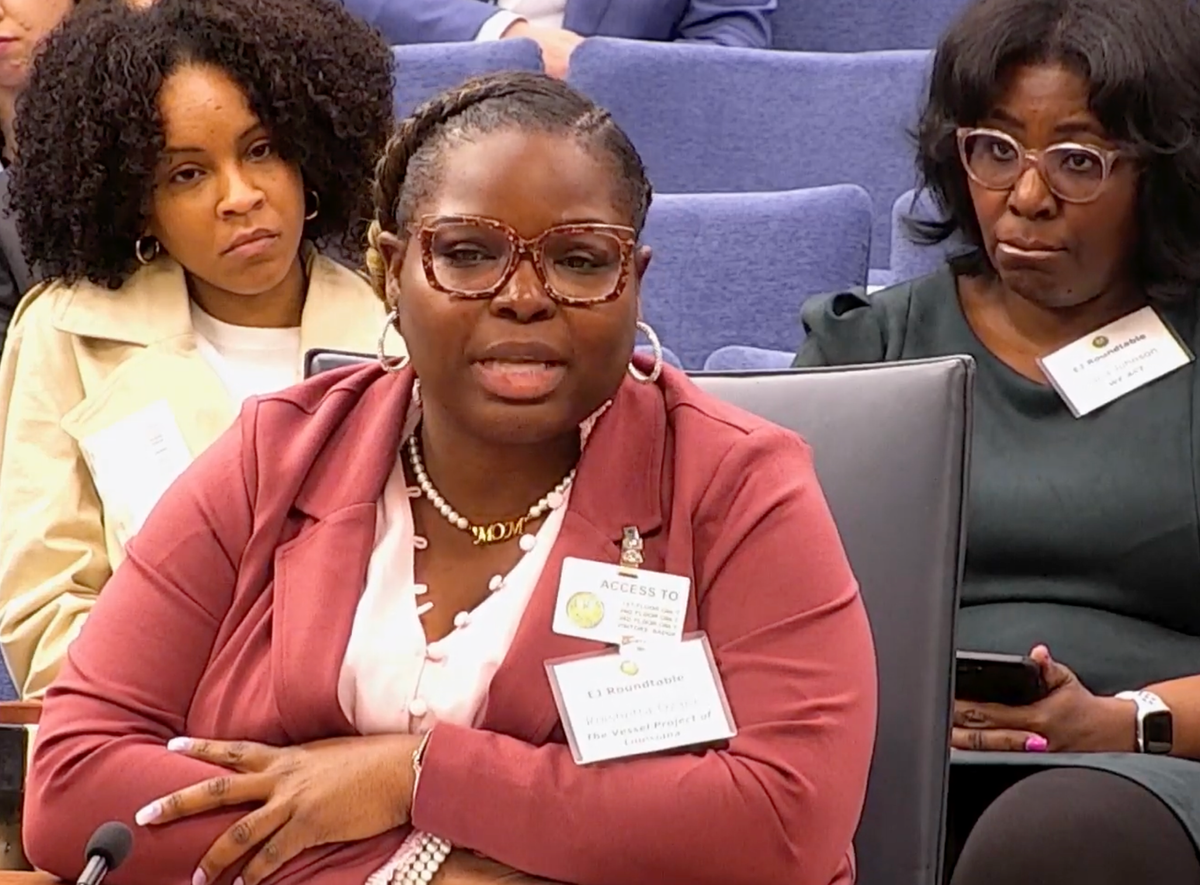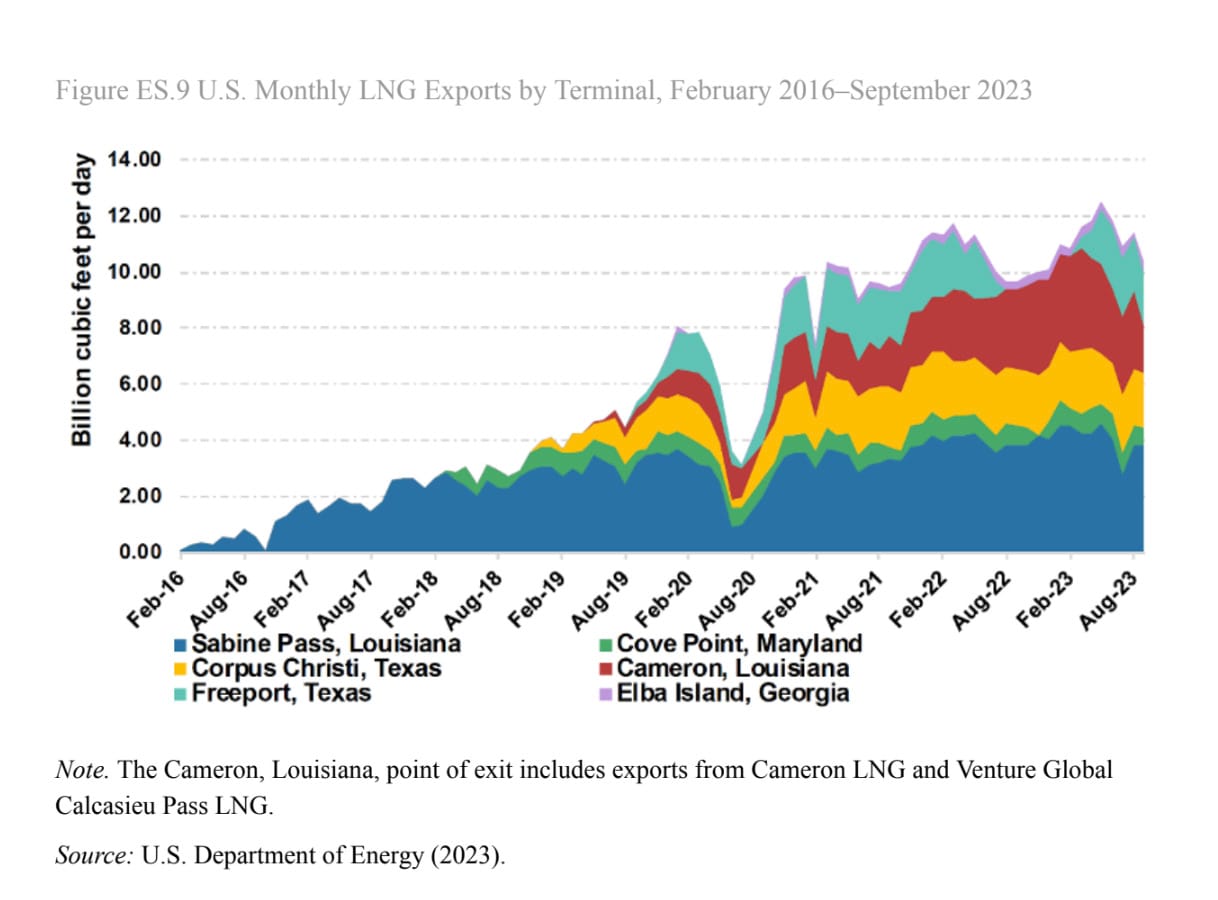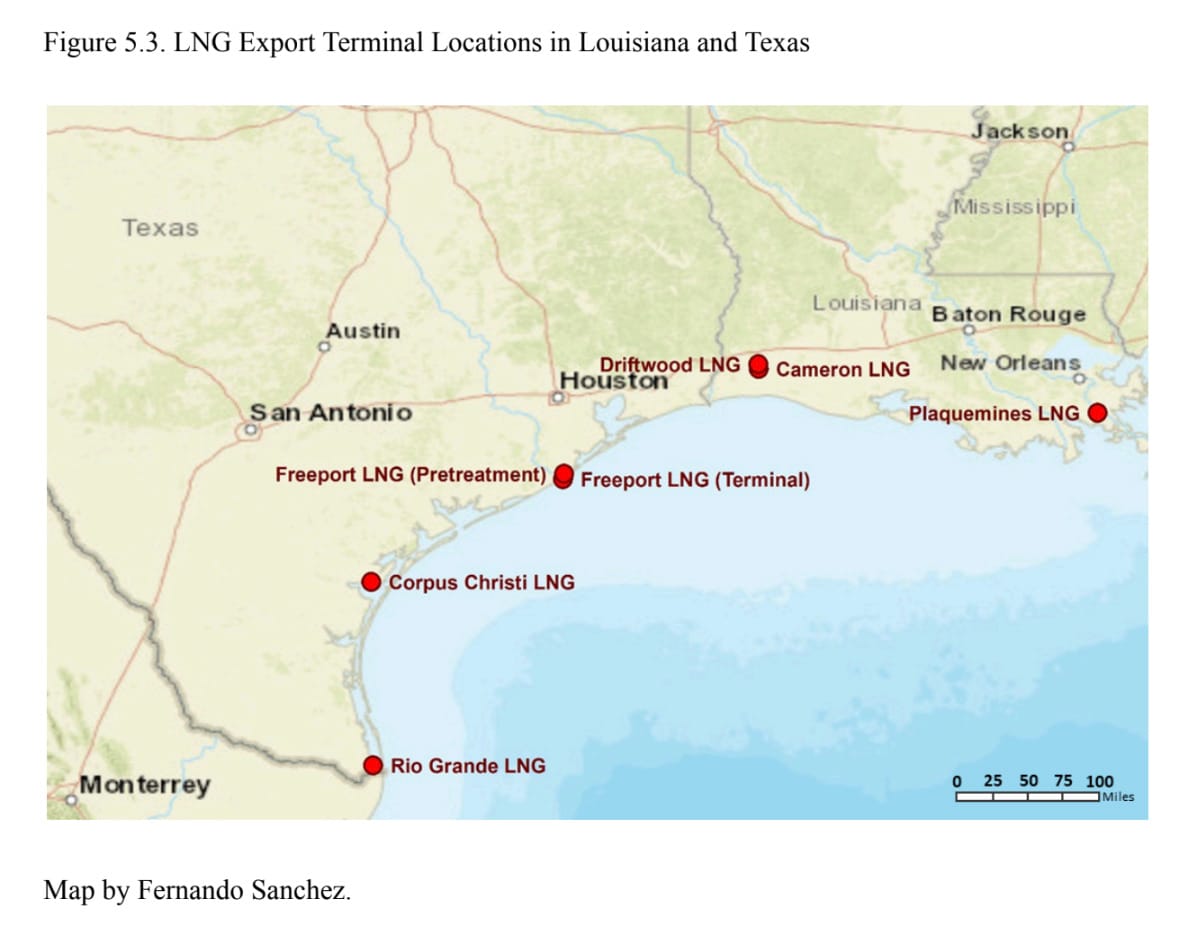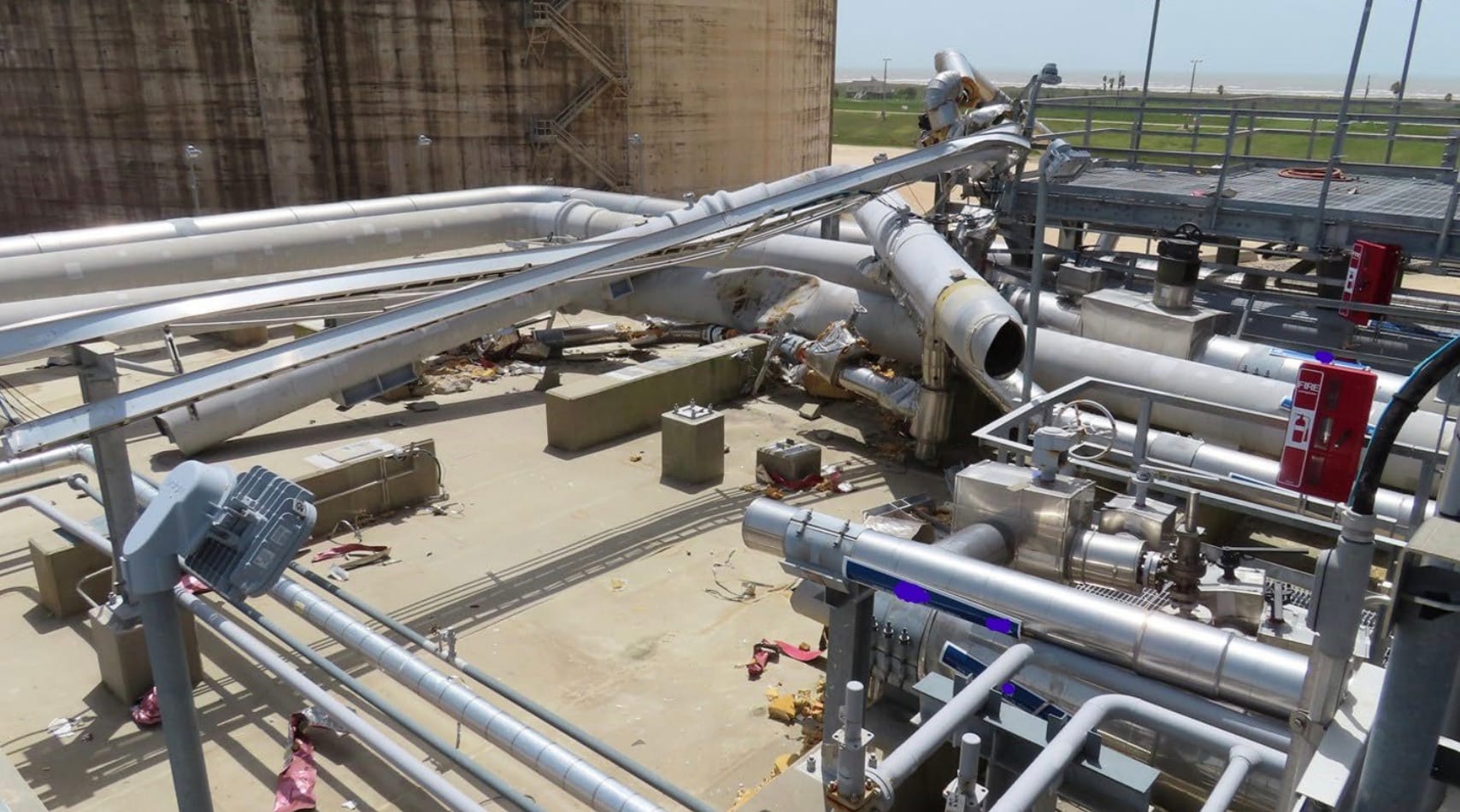Report: Soaring methane exports ‘liquidate’ Gulf Coast future
University researchers say federal regulators fail to consider harm to ‘fenceline’ communities when approving liquefied natural gas plants.

Published in the Louisiana Illuminator
Federal regulators are underplaying the dangers of the liquefied natural gas buildout along the Gulf Coast on climate change and on surrounding communities, including on the people of color already overburdened by pollution, a new report charges.
“By accelerating climate change, the LNG boom gambles away our nation’s future security and our planet’s ability to sustain modern societies,” the report’s authors write. “LNG buildout liquidates the well-being of coastal communities and future generations for short-term profits.”
The paper released Tuesday focuses on the potential cumulative impact of six operational or proposed LNG terminals in Louisiana and Texas. It adds to a growing drumbeat of concern over the United States’ rapid expansion of LNG production as the world seeks to reduce emissions from fossil fuels. After a rapid increase in production, the United States in 2022 became the world’s largest exporter of LNG — a form of superchilled methane also known as natural gas.

For five years, Roishetta Ozane has been fighting the burgeoning LNG industry in her home state of Louisiana and in Texas. She and her six children live in Sulphur, Louisiana surrounded by more than a dozen petrochemical plants, including three proposed or operational LNG terminals.
Ozane, executive director of The Vessel Project of Louisiana, a mutual aid, disaster relief and environmental justice nonprofit, said she has been urging the Federal Energy Regulatory Commission (FERC) to stop “rubber-stamping” the roughly 20 proposed new or expanded LNG facilities and associated pipelines that could come online in coming years.
“It bothers me that these are big ugly sites that have been built on our wetlands — and our wetlands are our protection from hurricanes,” said Ozane, whose family has been displaced twice by hurricanes. “What’s being extracted from my community isn’t even for domestic use — it’s being exported to other countries.”
If all the new and proposed methane terminals along the Gulf Coast were built, they could triple current U.S. capacity to deliver the fossil fuel — an amount that, if burned, threatens emissions targets needed to keep climate change in check.
In January, President Joe Biden halted permitting of additional LNG facilities as his administration studies the local and global impacts. In a mostly party-line vote, the Republican-run House in February passed a bill to strip Biden’s power to freeze permitting.
The new study was conducted by researchers from The Robert D. Bullard Center for Environmental and Climate Justice at Texas Southern University and the Climate Change Studies program at the University of Montana.
“We call on the Biden Administration to find — as we have — that LNG development is not in the public interest and continue the pause on new projects indefinitely,” said the lead author, University of Montana Associate Professor Robin Saha.

‘Disturbing tone deafness’
The authors take aim at FERC, charging it has used “outdated and inaccurate” data to analyze the potential harm of the rapidly growing industry on “fenceline” communities. Those harms include higher-than-normal illness and exposure to harmful emissions and environmental damage such as loss of wildlife, wetlands and coastline.
The authors analyzed the racial makeup of residents living near the six facilities, finding disparities in four of them. For example, 87.6% of people living within 3 miles of the proposed Rio Grande LNG facility are people of color, compared to 59.3% of the state of Texas and 40.6% of people nationwide.

“FERC’s (environmental justice) analyses exhibit a disturbing tone deafness and a general lack of understanding of common EJ community concerns and residents’ lived experiences,” according to the study, which says the agency in some cases even failed to identify the communities affected by the facilities.
FERC spokesperson Celeste Miller said the commission is developing new guidelines on how to best assess the environmental justice impacts of proposed projects.
She noted Chairman Willie L. Phillips, Jr. convened the commission’s first-ever environmental justice roundtable in Washington, D.C., in March 2023.
Ozane was at that roundtable — and she had harsh words for the commission.
“As communities of color are literally fighting for our lives on the front lines, (federal) departments and agencies like FERC … continuously are approving permits for these deadly, monstrous projects,” she told commissioners.
Ozane told Floodlight she is concerned FERC is drawing up its environmental justice guidelines outside of public view.
“We feel like as frontline groups living closest to the industry, we should be part of the conversation,” she said.

The authors of the report also note while local officials often tout the new jobs such facilities will create, few of those jobs go to people of color. Generous tax breaks further drain resources from local communities, they wrote.
Black workers made up less than one-tenth of the workforce and were paid 23% less than white workers during the oil and gas boom of the past decade, the authors wrote, citing a 2023 study by the Center for Employment Equity at University of Massachusetts.
“LNG development tends to steer economic benefits (jobs, tax base, and public school funding) away from the communities it harms the most,” according to the report.


